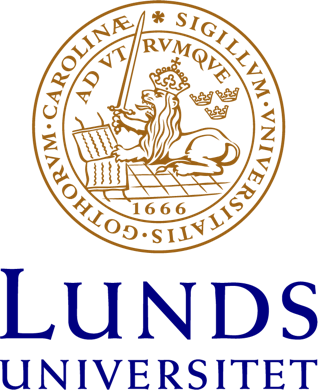- Utbildning
- Forskning
-
ÄmnenArabiskaBarnlitteraturDanskaEngelskaEuropastudierFilmvetenskapFlerspråkighetFranskaFörfattarskolanGrekiska (antik och bysantinsk)Modern grekiskaHebreiskaItalienskaIsländskaJapanskaJiddischKinesiskaKognitiv semiotikLatinLingvistikLitteraturvetenskapMellanösternstudierModersmålsundervisningPolskaRumänskaRyskaSpanskaSvenskaSvenska som andraspråkSvenska som främmande språkTeatervetenskapTolkning i offentlig sektorTyskaUkrainskaÖst- och CentraleuropakunskapÖversättning
- SOL-husen
- Kontakt
- Institutionen
